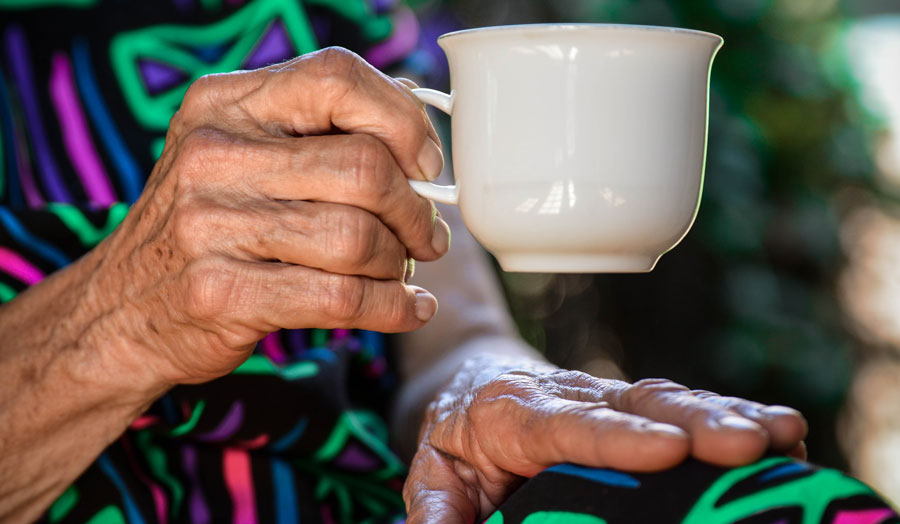Research by London Met found that malnutrition may not be accurately assessed in a care home environment, putting elderly residents at greater risk.
Date: 03 December 2020
Malnutrition is an established problem among the elderly population and in residential care homes. A new study by recent Dietetics graduate Nancy Edmead and the School of Human Sciences’ Dr Sarah Illingworth, together with Newham University Hospital’s Adrian Gilson, aims to better understand how to best assess malnutrition in the elderly, so appropriate interventions can be made. The abstract for the study was presented at the British Dietetic Association (BDA) research symposium on 2 December and is expected to be published in the Journal of Human Nutrition and Dietetics.
By identifying the nutritional status of older adults living in long-term care, the researchers could observe whether risk of malnutrition in residents is being adequately identified and whether appropriate action is being carried out by care home staff as a result – for example, through a ‘red tray’ initiative which enables staff to easily identify which residents need extra assistance at mealtime.
The study was conducted on 35 residents of a care home in London with a diagnosis of dementia. Three tests were carried out to determine whether nutritional risk was being accurately identified among residents.
The first test, the Mini Nutritional Assessment (MNA) consists of 18 questions and can be completed in about 15 minutes. A short form, containing the first six questions, can be used for screening.
The second, the Malnutrition Universal Screening Tool (MUST) is a five-step screening tool to identify adults, who are malnourished, at risk of malnutrition (undernutrition), or obese. It also includes management guidelines which can be used to develop a care plan.
Finally, testing the Mid-Upper Arm Circumference (MUAC) involves measuring the circumference of the left upper arm, measured at the mid-point between the tip of the shoulder and the tip of the elbow, to assess malnutrition.
The study also aimed to determine which of these measuring tools was most useful for accurately assessing malnutrition. They found that MNA was the most sensitive measure for this purpose, and MUAC the least.
Importantly, they also found that nutritional risk was not being accurately assessed in the nursing home, and as such, interventions into nutritional management may not have been appropriate for the needs of the residents.
The authors said, "to properly assess nutritional status in the elderly population a multifaceted evaluation is needed. There is also a need for frequent and thorough training to ensure that nutritional risk is assessed properly in the nursing home so that accurate interventions can be put in place."

